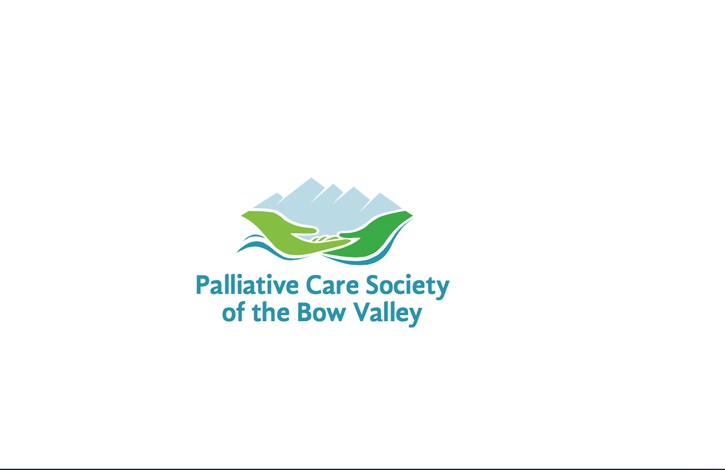BOW VALLEY – Plans are in the works for an $8.4 million hospice for palliative end-of-life care – but land and money is desperately needed.
The Palliative Care Society of the Bow Valley (PCSBV) has identified a need for a two-storey, 15,000-square-foot hospice with six residential beds and capacity for day hospice palliative care programs.
“There’s an urgent need,” said Martin Tweeddale, PCSBV’s board chair. “This is a big unmet need.”
Total capital cost is estimated to be $8.4 million, including land acquisition, construction of the hospice, fees and furniture.
Funding over the next four years is expected to come from major campaign events, donors, and grants, with a plan to finish construction of the hospice by 2022-23 if all goes according to plan.
According to the society’s new business plan, PCSVB intends to continue fundraising after construction to provide the $1.2 million needed for annual operating costs.
“PCSBV will seek to enter into negotiations with Alberta Health Services in the near-term to agree on a cost-sharing arrangement for the hospice with the PCSBV,” states the 2019 business plan.
The plan is to build in Canmore, but the hospice would also serve the communities of Stoney Nakoda First Nation, Kananaskis, MD of Bighorn, Banff and Lake Louise.
One of the major obstacles is securing land, with PCSBV looking for a maximum one-acre piece of land.
“Currently we are exploring all options,” Tweeddale said. “It’s not clear what the next steps will be.”
The society pitched its plan to Canmore council, Banff council, MD of Bighorn, Alberta Health Services (AHS) and Banff and Canmore Community Foundation.
“It’s exciting what you’re doing and it’s appreciated,” said Banff Mayor Karen Sorensen during a recent PCSBV presentation to council.
In 2017, PCSBV went to AHS for some of the operating dollars for a 12-bed hospice in Canmore, but met roadblocks when its request was turned down.
Based on a ratio of 7.7 palliative care beds per 100,000 people, AHS believed there were enough palliative care beds in the Calgary zone, which includes the Bow Valley and other rural communities around Calgary.
Tweeddale said current AHS policy doesn’t support the development of residential palliative care beds in rural communities, noting its request to lease hospital property lands for the construction of a stand-alone hospice was consequently turned down.
But with the new proposal, Tweeddale hopes to continue discussions.
“We’re working with AHS to change their viewpoint,” he said.
All publicly funded palliative care beds in the Calgary Zone are located in and around Calgary. Canmore General Hospital and Mineral Springs Hospital each have two inpatient acute care beds available for palliative end-of-life care.
The board of PCSBV determined the new plan will result in a rural palliative care model where patients and their families will be able to choose how their palliative end-of-life care is to be provided – and prevent people from being forced to leave the Bow Valley.
“This model will be integrated seamlessly with existing palliative care, long-term, cancer and acute care delivery programs based in Canmore and Banff,” Tweeddale said.

